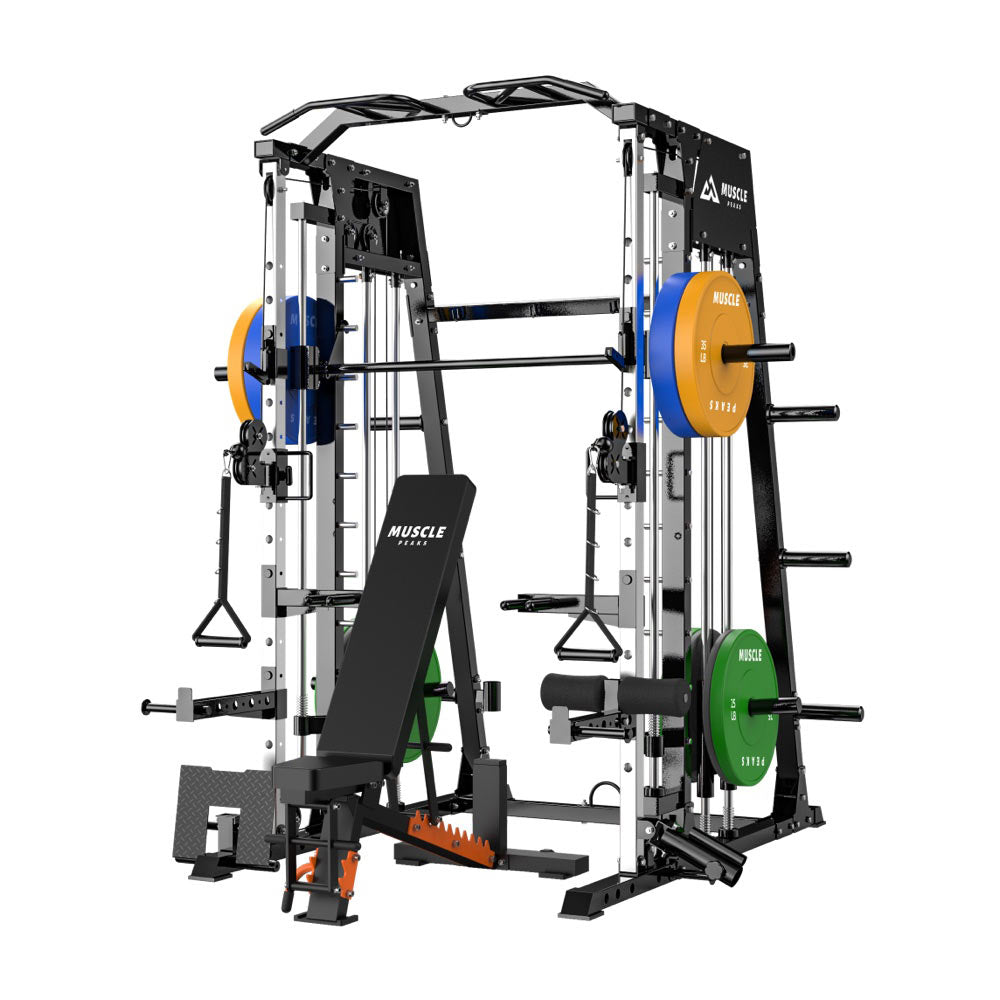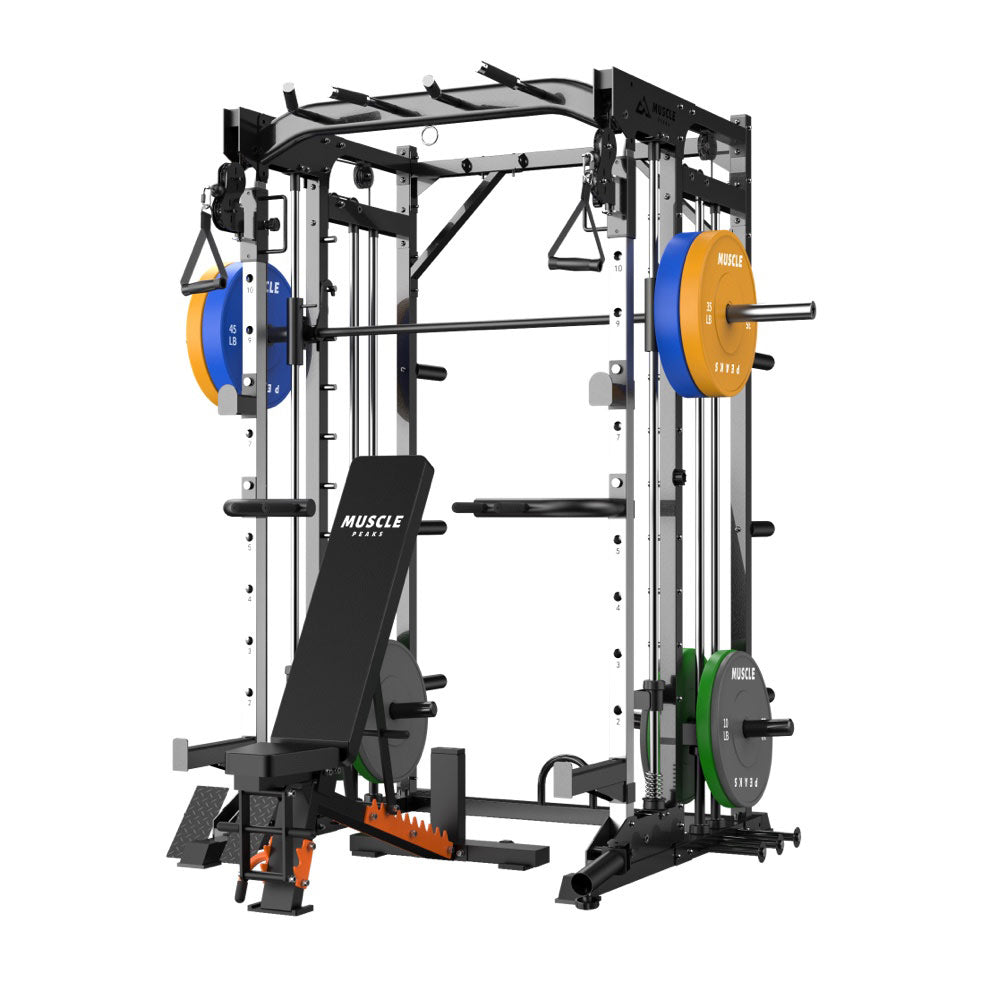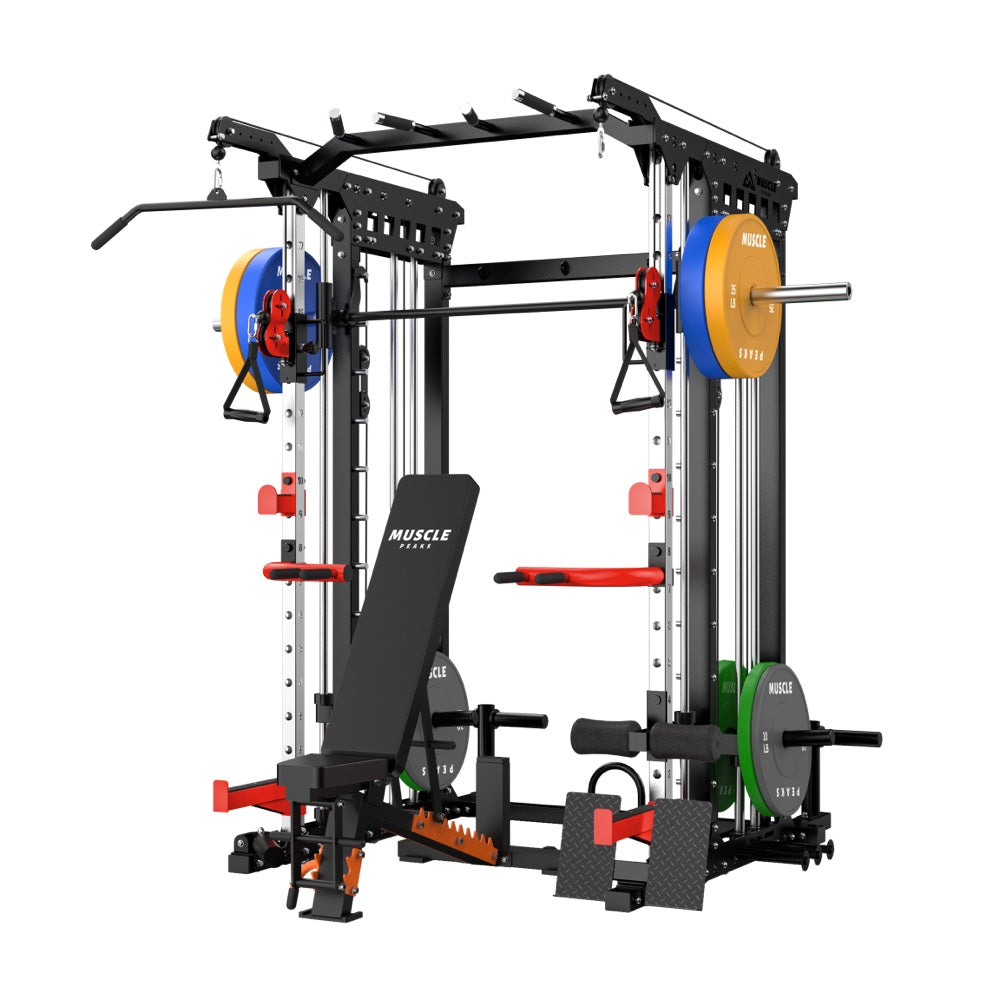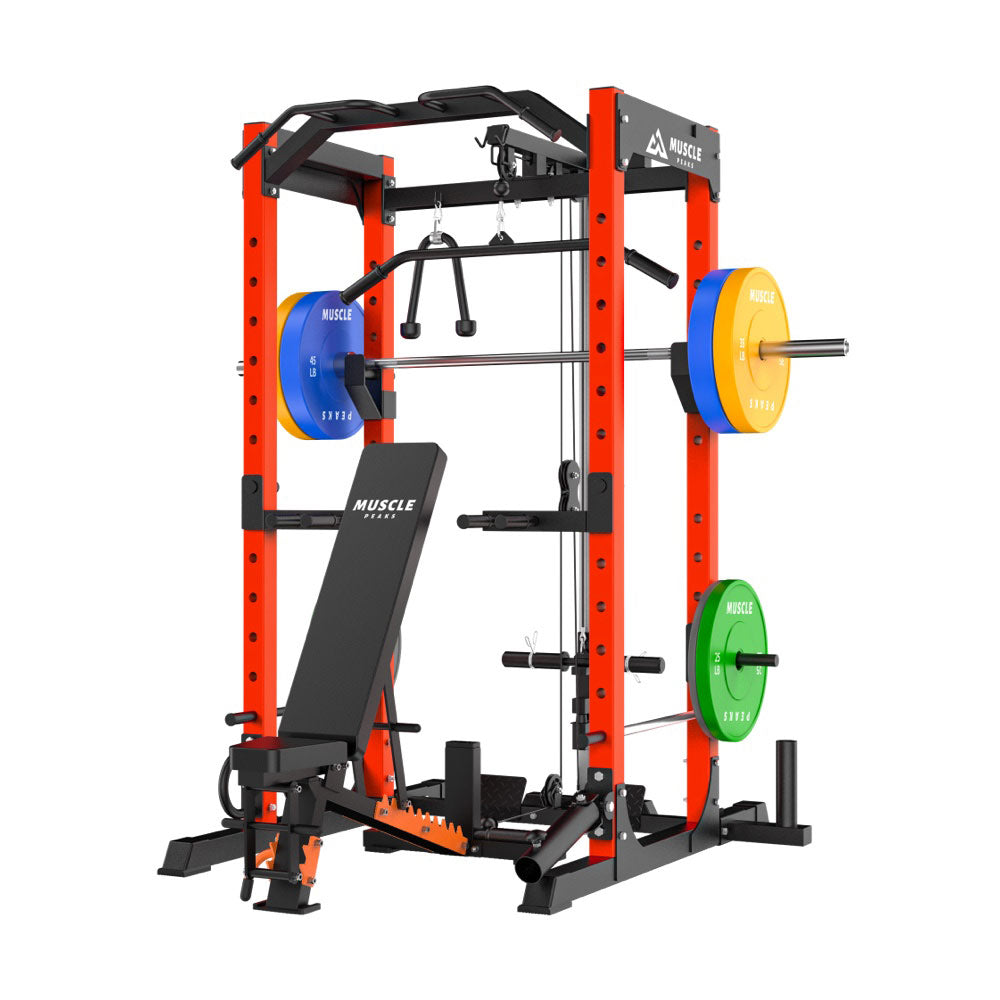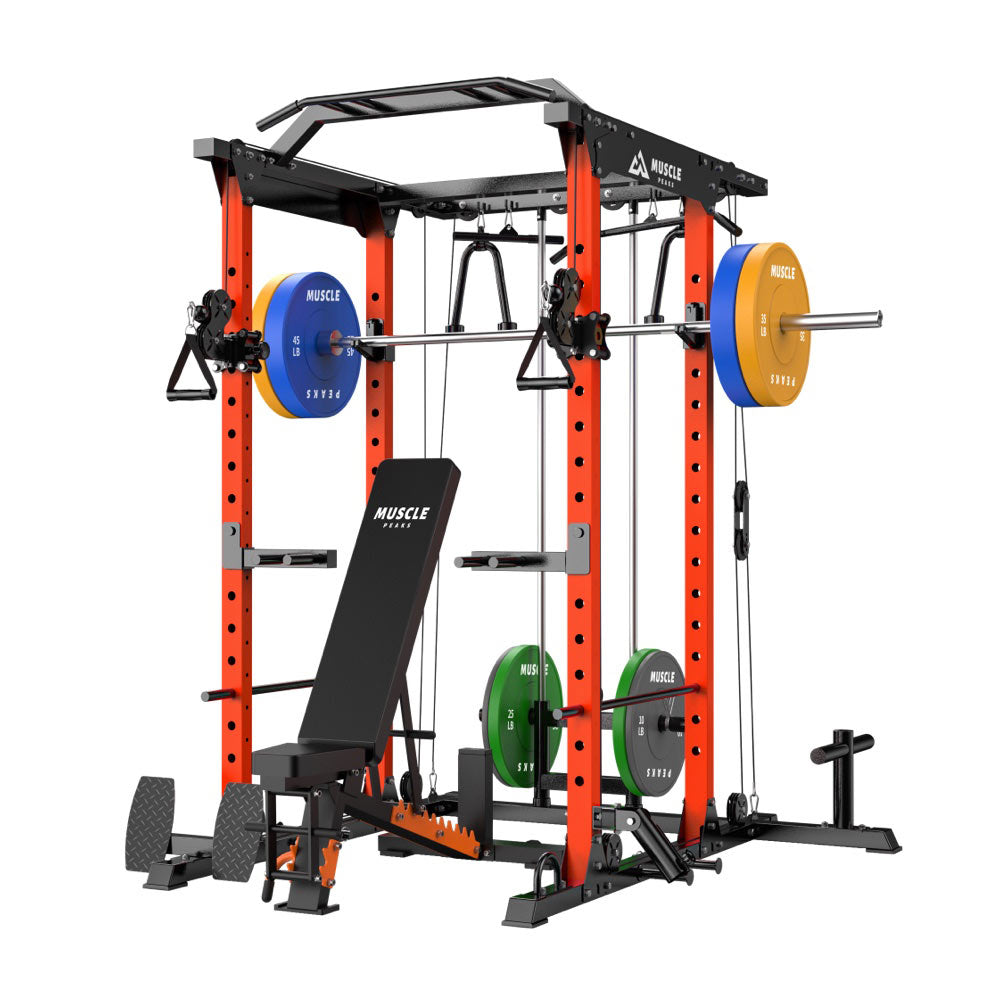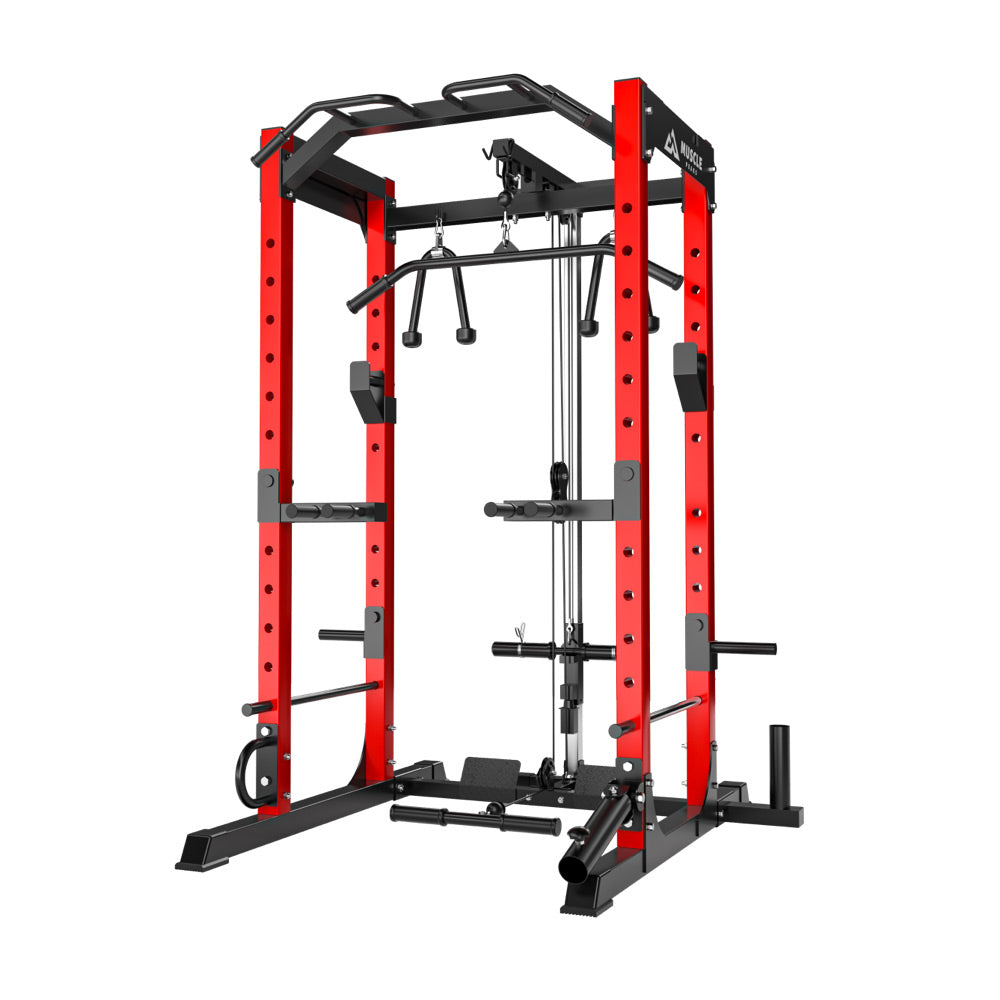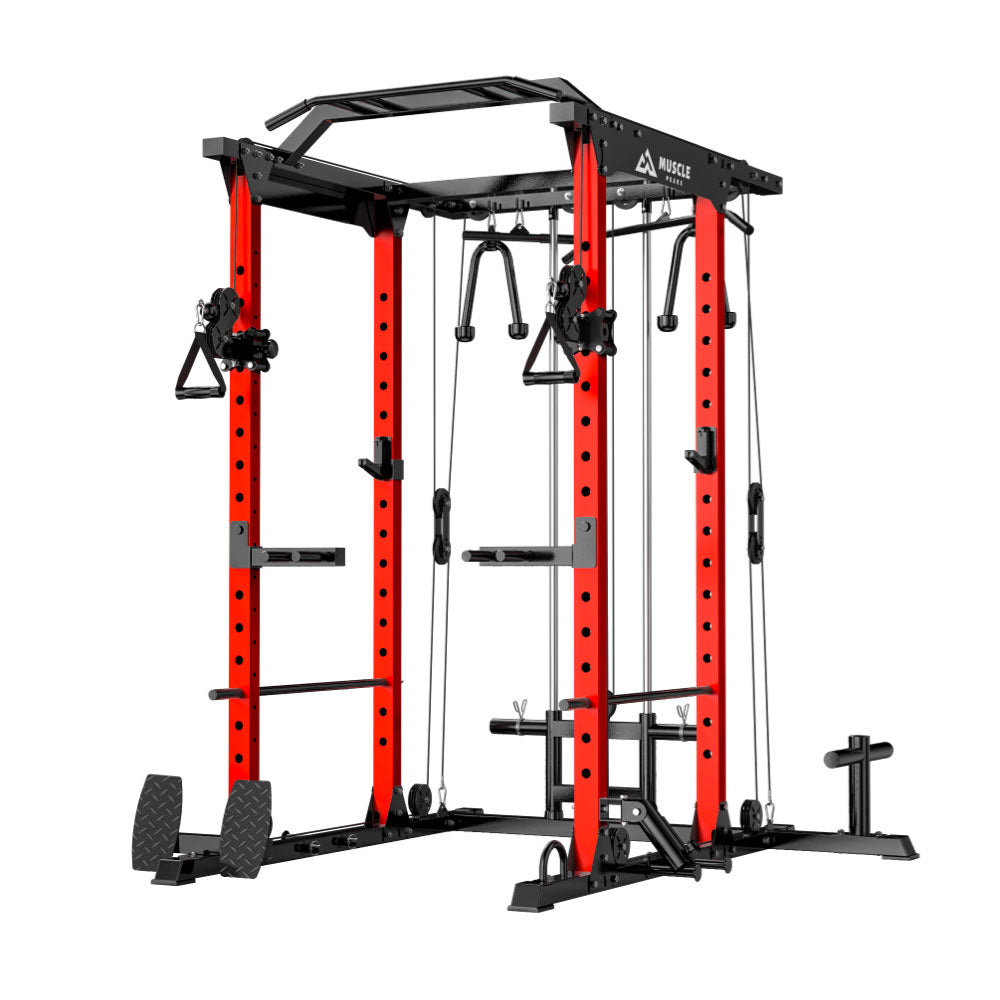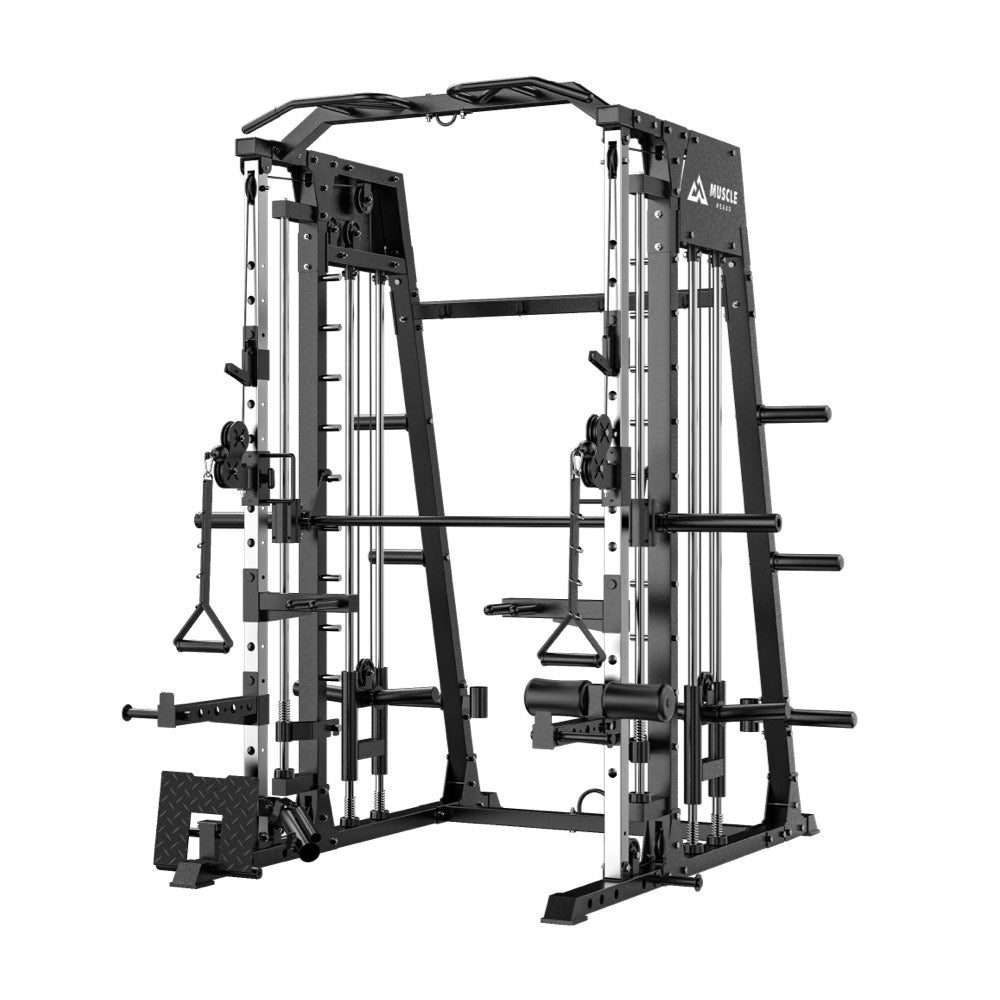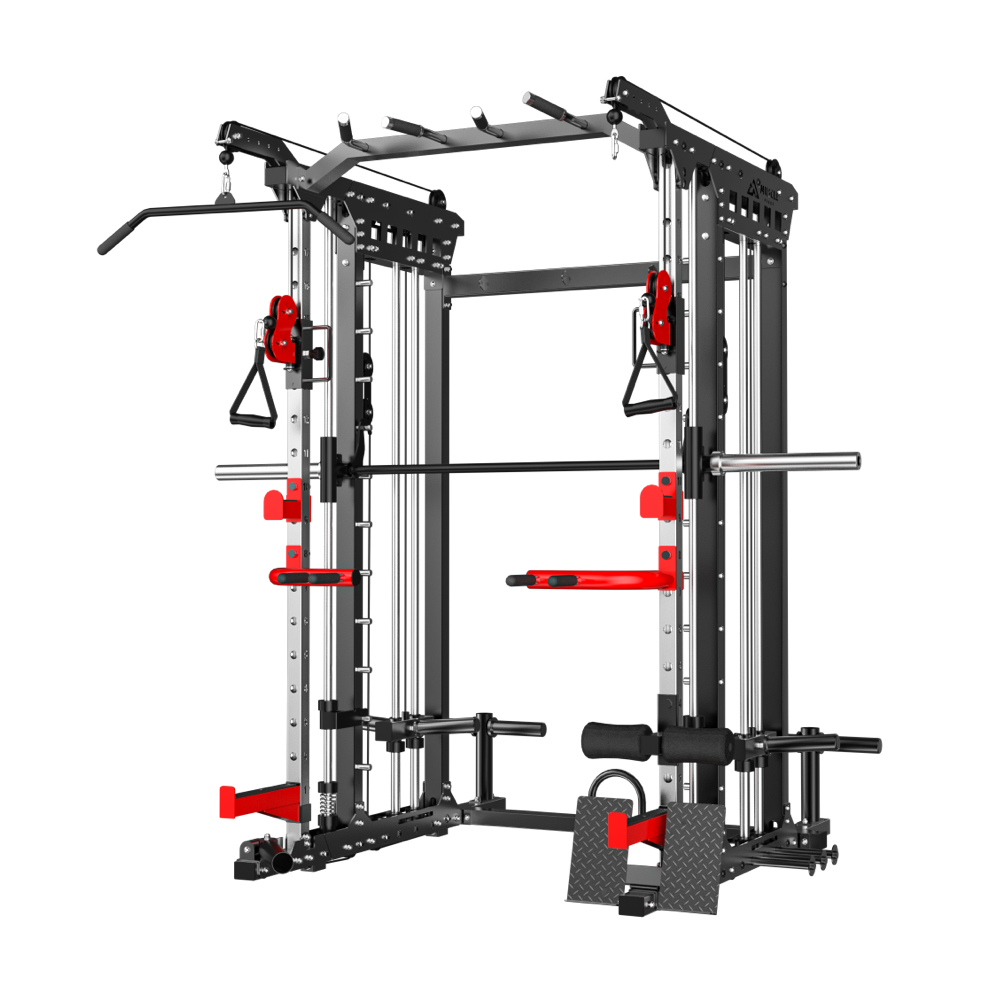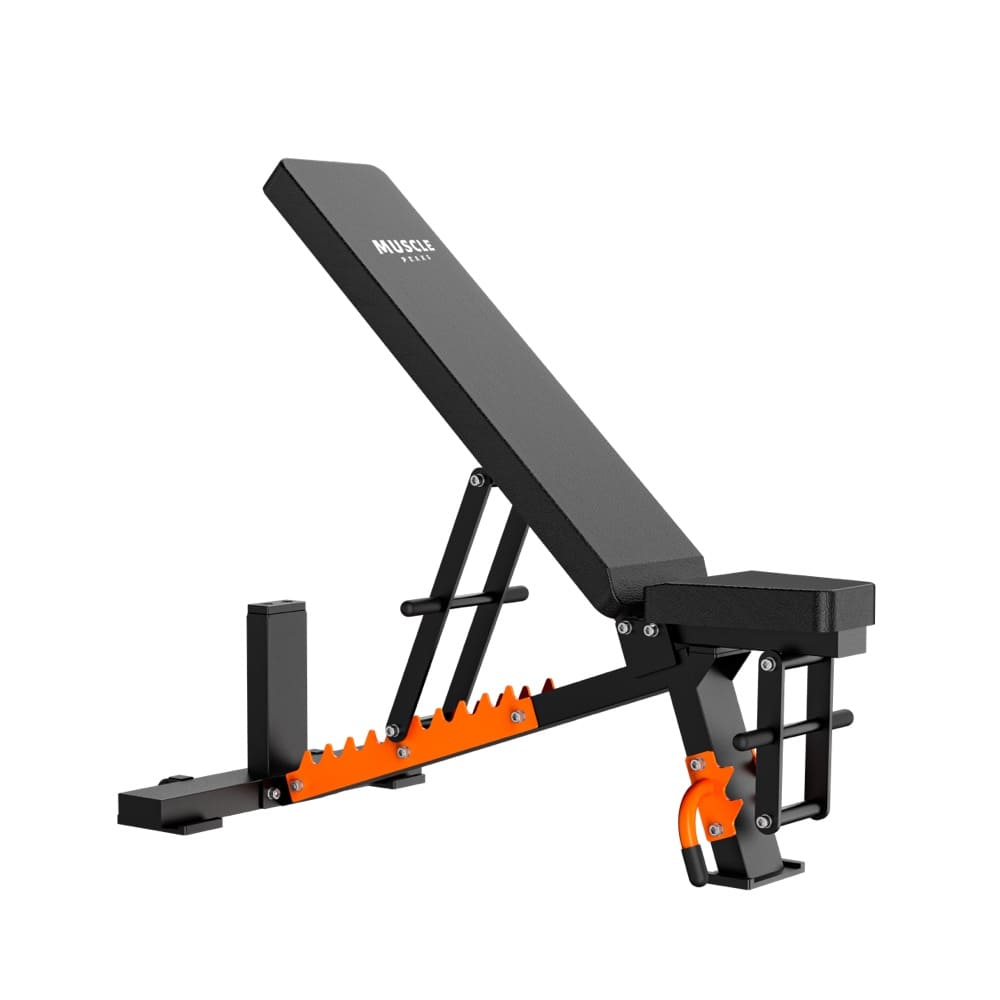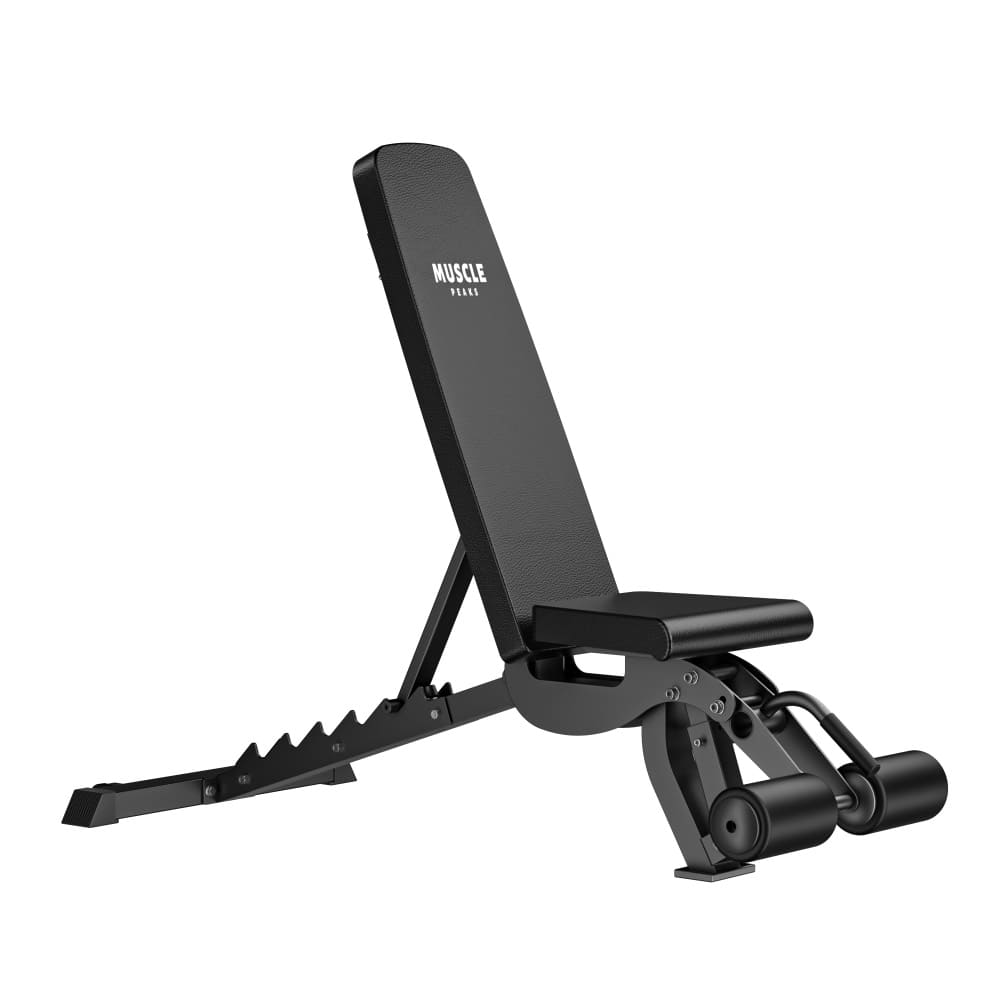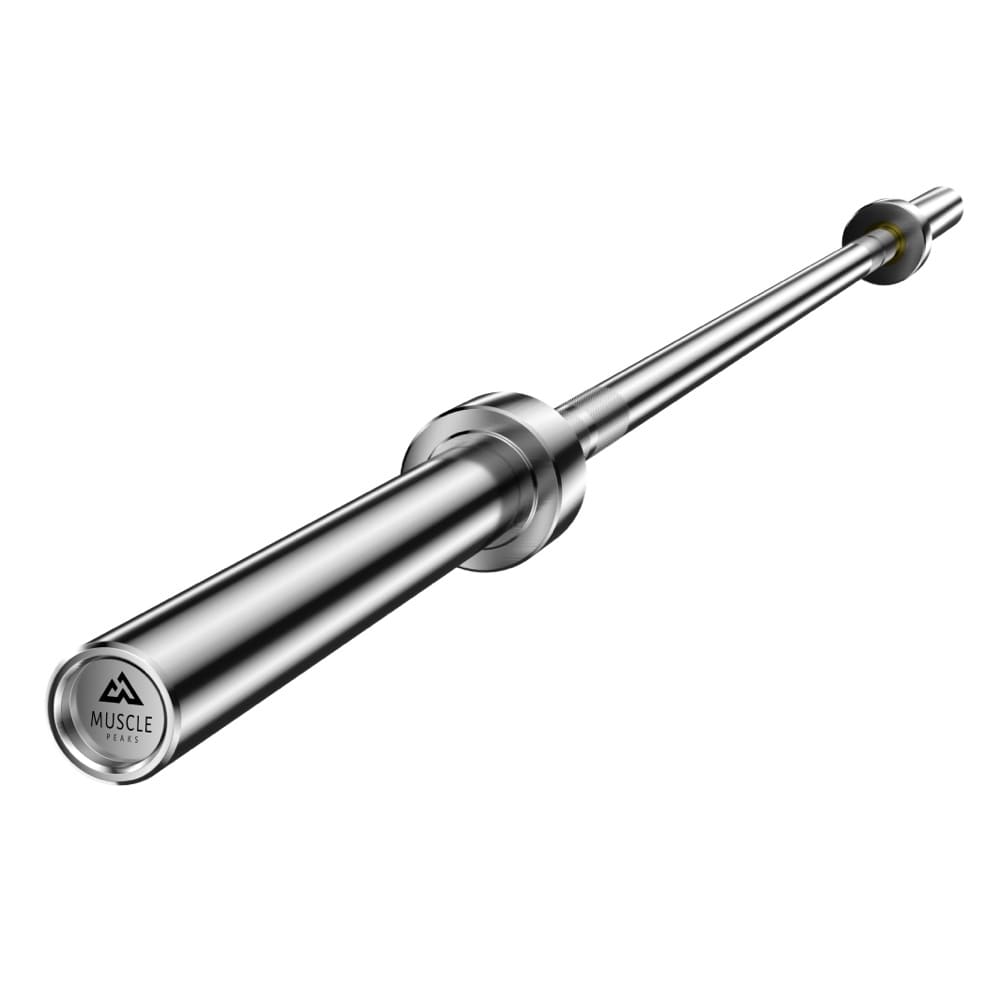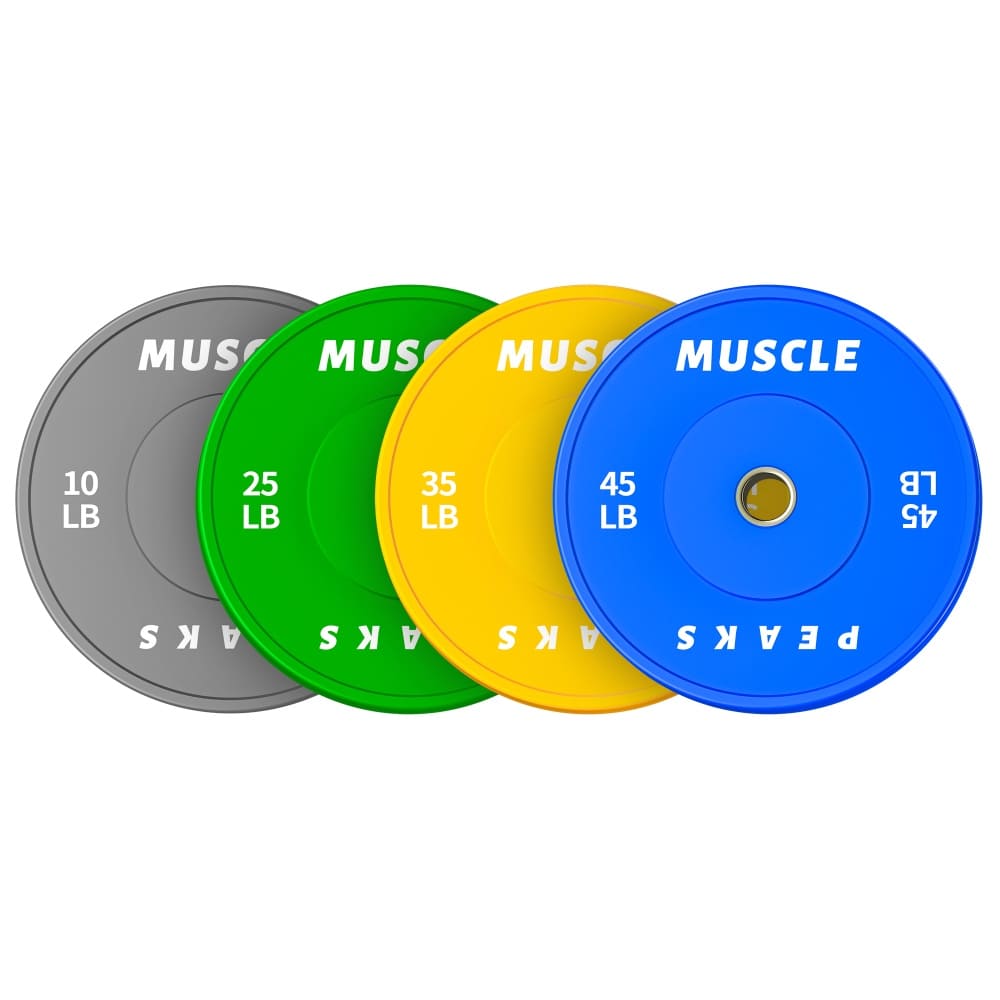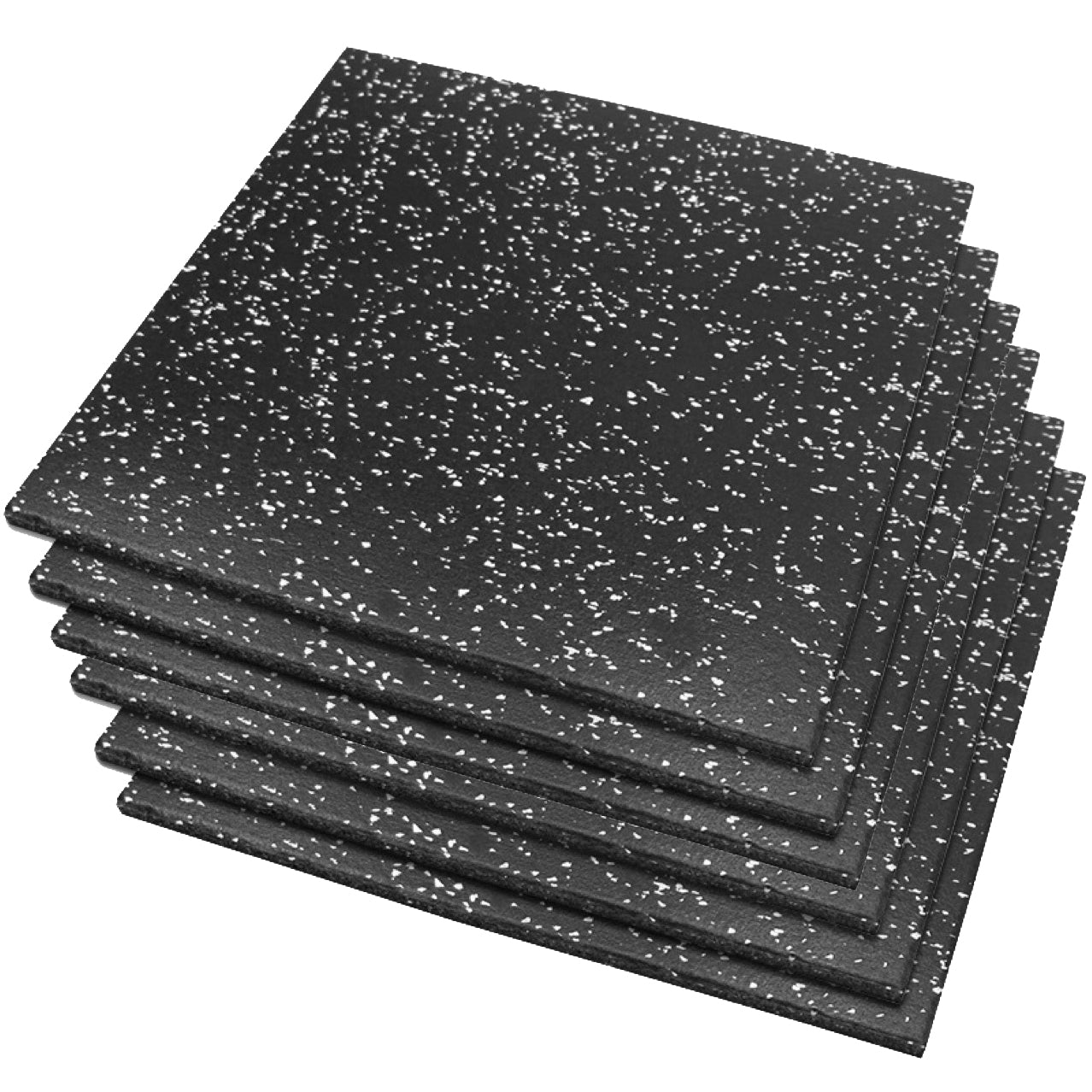The cable chest fly is a staple exercise in the chest training regimen of many fitness enthusiasts and professional athletes. It targets the chest muscles effectively, allowing for a focused and intense workout. This guide will explore the cable chest fly in detail, covering its definition, the muscles it works, its benefits, how to perform it correctly, and variations to consider.
What Is the Cable Chest Fly?
The cable chest fly is an isolation exercise that targets the chest muscles, specifically the pectoral major. It involves stretching the chest muscles to their full length and then contracting them as you bring your hands back together. Unlike compound movements, isolation exercises like the chest fly allow you to focus on a single muscle group, making it an excellent choice for sculpting and strengthening the chest.
The movement of the cable chest fly is designed to mimic the natural motion of the pectoral muscles during activities such as hugging or reaching across the body. This natural movement pattern not only provides an effective workout but also helps to improve functional strength. One of the key benefits of the cable chest fly is its ability to provide a deep stretch to the chest muscles. This stretch helps to increase flexibility and range of motion, which can be beneficial for overall shoulder health and injury prevention.

The cable chest fly can be performed using a variety of cable machine setups, including high pulleys, low pulleys, and even a single cable setup with a single handle attachment. Each setup provides a slightly different challenge to the muscles and can be used to target different areas of the chest.
Muscles Worked During a Cable Chest Fly
The cable chest fly is an isolation exercise that primarily targets the pectoral major, which is divided into two main sections: the clavicular head and the sternal head.
The clavicular head is located at the upper portion of the chest, near the collarbone. It is primarily responsible for flexing the shoulder and adducting the humerus (the long bone of the upper arm). When performing the cable chest fly, the clavicular head is primarily engaged during the initial phase of the movement, as the arms are extended out to the sides.
The sternal head, on the other hand, is located in the lower portion of the chest and is primarily responsible for adducting the humerus and rotating the shoulder internally. It is heavily engaged during the contraction phase of the cable chest fly, as the arms come together in front of the chest.
In addition to the pectoral major, the cable chest fly also engages several other muscles to a lesser degree. These include:
Serratus Anterior: This muscle is located on the side of the ribcage and is responsible for protracting the scapula (moving it forward). It is engaged during the cable chest fly to help stabilize the shoulder blade and maintain proper positioning of the arm.
Front Deltoids: The front deltoids, which are located on the front of the shoulder, assist in flexing the shoulder joint. They are also engaged during the cable chest fly, particularly during the initial phase of the movement.
Triceps: The triceps, located on the back of the upper arm, are responsible for extending the elbow. They are engaged as the arms return to the starting position during the cable chest fly.
Latissimus Dorsi: The lats, as they are commonly referred to, are large muscles located on the middle and lower back. They assist in adducting the humerus and are engaged to a small degree during the cable chest fly.
Rotator Cuff: The rotator cuff is a group of four muscles that surround the shoulder joint and help to stabilize and rotate the arm. They are engaged during the cable chest fly to help maintain proper positioning of the arm throughout the movement.
In summary, while the cable chest fly is primarily an isolation exercise for the pectoral major, it also engages several other muscles to a lesser degree. This helps to promote overall upper body strength and stability, making the cable chest fly a well-rounded exercise for chest development.
Benefits of the Cable Chest Fly
Isolation of the Chest Muscles: The chest fly provides a focused workout on the pectoral muscles, leading to increased size and definition.
Improved Muscular Balance: By strengthening the chest, you can counterbalance the development of the back muscles, leading to a more balanced physique.
Variability in Resistance: Cables offer a consistent resistance throughout the range of motion, which can lead to more muscle fibers being engaged and a more effective workout.
Risk of Injury Reduction: The controlled movement of the cable chest fly reduces the risk of injury compared to compound movements like the bench press.
Enhanced Mind-Muscle Connection: Due to the isolation nature of the exercise, it's easier to focus on the contraction and stretching of the chest muscles, improving the mind-muscle connection.
How To Do a Cable Chest Fly
Setup: Attach the cable machine's handles to high pulleys.
Position: Stand facing the weight stack with a slight bend in your knees. Lean forward at the waist, maintaining a neutral spine.
Grasp: Reach across your body and grasp the handles with a palms-down grip.
Execution:
Begin with your arms extended to the sides, fully stretching the chest muscles.
Slowly bring the handles together in front of your chest, leading with your elbows.
Hold the contraction at the top for a moment, then slowly return to the starting position.
Cable Chest Fly Variations
One of the benefits of the cable chest fly is its versatility. There are several variations of the exercise that can be performed to target different areas of the chest or to change up your workout routine. Some popular variations include:
High to Low Cable Chest Fly: In this variation, the cable pulleys are set at different heights, with one higher than the other. This creates an uneven resistance and can help to target the lower chest fibers more effectively.
Low to High Cable Chest Fly: The opposite of the high to low variation, the low to high cable chest fly starts with the pulleys at a lower position and finishes with them at a higher position. This can help to target the upper chest fibers more effectively.
Alternating Cable Chest Fly: Rather than performing both arms simultaneously, the alternating cable chest fly involves working one arm at a time. This can help to improve unilateral strength and balance.
Crossover Cable Chest Fly: In the crossover variation, the hands cross over in front of the chest at the peak of the movement. This added stretch can help to target the outer chest fibers and increase the overall range of motion.
Single-Arm Cable Chest Fly: This variation involves using a single handle attachment and working one arm at a time. It can be performed with either a high or low cable setup and can help to improve unilateral strength and muscle balance.
Resistance Band Chest Fly: For those without access to a cable machine, a resistance band can be used as an alternative. The band is anchored at a high point, and the chest fly is performed in the same manner as with a cable machine.
Incline Cable Chest Fly: By adjusting the angle of the bench to an incline position, the incline cable chest fly can help to target the upper chest fibers more effectively.
Decline Cable Chest Fly: Conversely, a decline bench can be used to target the lower chest fibers more effectively.
In conclusion, the cable chest fly is a highly versatile exercise that can be modified in a variety of ways to target different areas of the chest or to simply change up your workout routine. By incorporating different variations into your training, you can ensure that your chest muscles are challenged from all angles and develop a well-rounded chest physique.
Muscle Peaks Rack for Enhanced Training
To truly maximize the effectiveness of your cable chest fly workouts, consider incorporating the Muscle Peaks Power Rack into your training setup. The Muscle Peaks Power Rack is a versatile piece of equipment that offers:
Stability and Safety: With its solid construction and safety features, the Muscle Peaks Power Rack provides a secure base for a wide range of exercises, including assisted cable chest fly variations.
Space Efficiency: Designed to save space, the Muscle Peaks Power Rack can be a central hub for multiple cable machine attachments, allowing for a full-body workout in a compact area.
Versatility: Beyond cable exercises, the Muscle Peaks Power Rack can be used for squats, bench presses, and other free weight movements, making it an invaluable addition to any home or commercial gym.
Conclusion
The cable chest fly is a powerful tool for targeting and developing the chest muscles. By understanding the proper form, incorporating variations, and utilizing equipment like the Muscle Peaks Power Rack, you can enhance your chest workouts and achieve a stronger, more defined chest. Remember, consistency, progressive resistance, and a balanced approach to training are key to seeing results.

